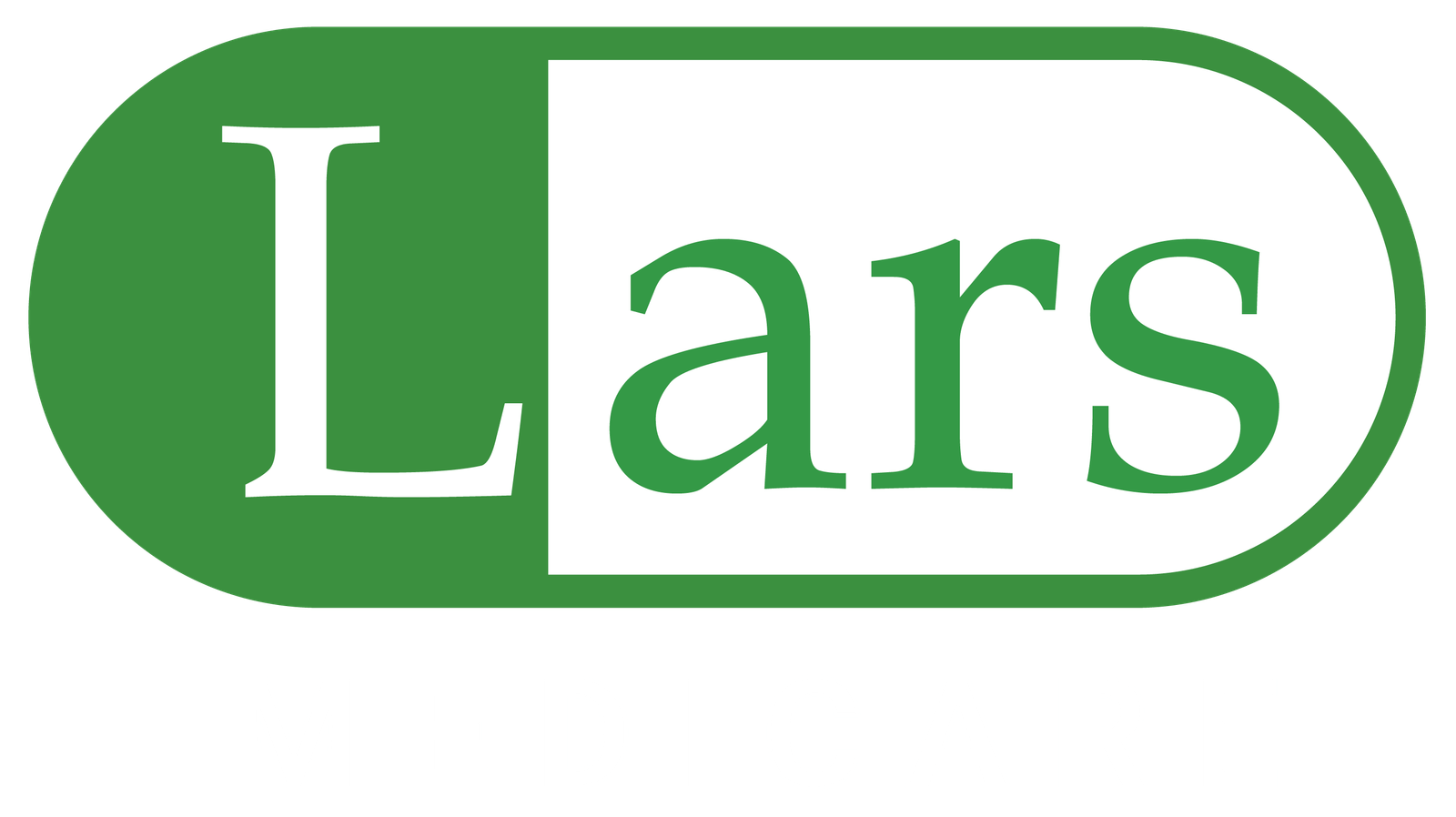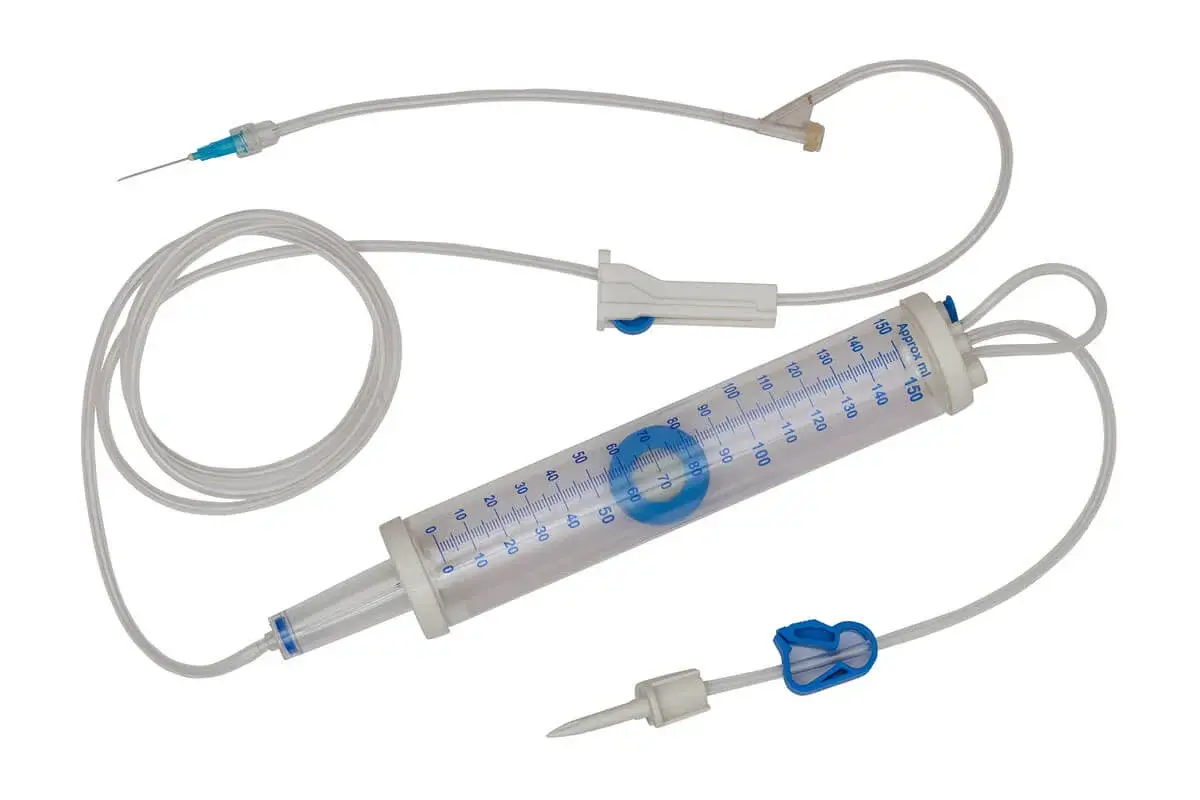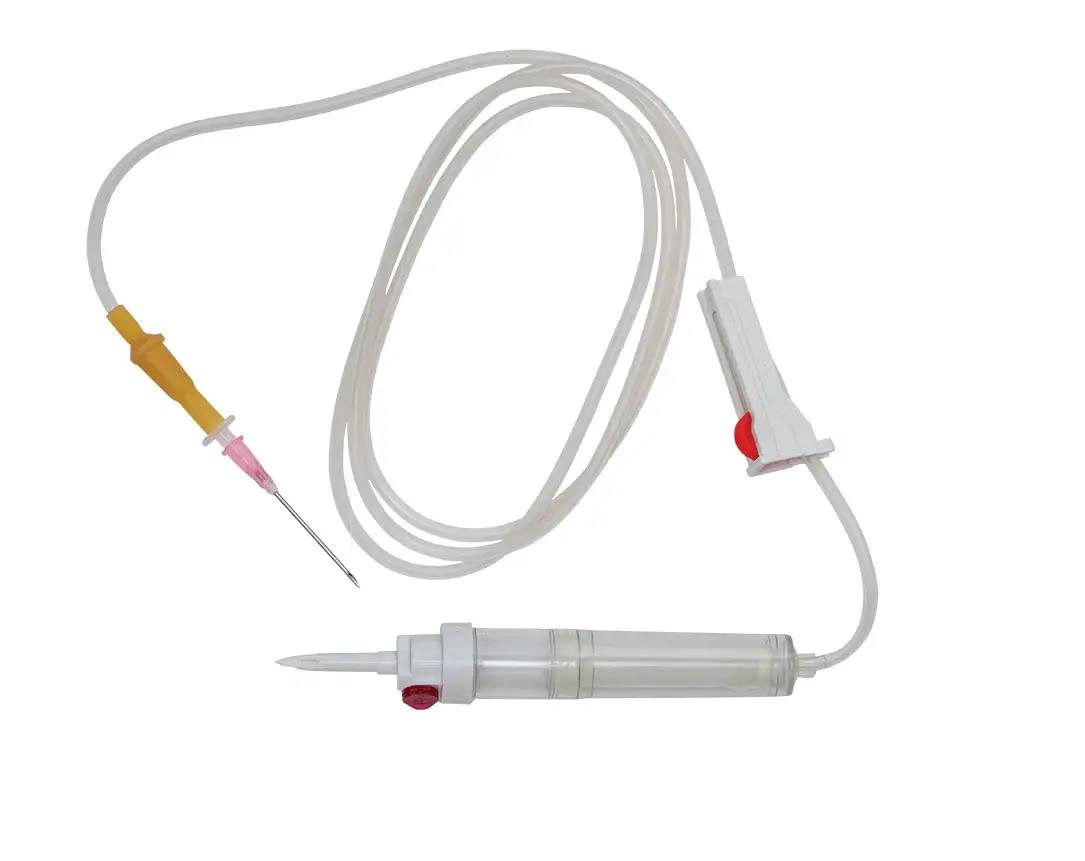What are IV Flow Regulators?

Intravenous (IV) flow regulators are crucial medical devices used in the administration of fluid therapy. Their primary purpose is to control the rate at which fluids are delivered to patients, ensuring accurate and safe infusion of medications, electrolytes, or nutrition directly into the bloodstream. This precision is particularly vital in critical care settings where even minor deviations in flow rates can have significant consequences for patient outcomes.
IV flow regulators work by utilizing a set of components that include a flow control mechanism, typically a valve or a drip chamber, to modulate the fluid delivery rate. In essence, these devices allow healthcare professionals to adjust the flow of IV fluids according to the specific needs of the patient, which is particularly important in acute situations requiring rapid response. The mechanisms of IV flow regulators enable them to provide consistent flow rates, contributing to effective therapy and improving patient safety.
There are two main types of IV flow regulators: manual and electronic. Manual IV flow regulators generally employ gravity and a simple dial or clamp system to control the fluid rate. These devices require the practitioner to visually monitor the drip rate, making adjustments as necessary. On the other hand, electronic IV flow regulators use advanced technology, featuring digital displays and automatic flow rate adjustments, allowing for greater accuracy and ease of use. Electronic versions are particularly beneficial in dynamic environments, where patient needs may change rapidly.
In addition to their functional distinctions, both types of IV flow regulators are designed to prevent complications such as air embolism and fluid overload, further underscoring their importance in critical care scenarios. By ensuring accurate fluid delivery, these devices play an integral role in enhancing patient care and recovery.
The Role of IV Flow Regulators in Critical Care
Intravenous (IV) flow regulators are essential tools in critical care environments, providing the precision needed for effective fluid management. These devices serve to control the rate of fluid administration, which is crucial in scenarios where patients are gravely ill or in emergency situations. Accurate fluid management via IV flow regulators minimizes risks associated with improper flow rates, including fluid overload or inadequate hydration. Such complications can exacerbate underlying medical conditions and possibly lead to severe complications, thus highlighting the importance of these regulators in patient safety.
Consider a scenario involving a patient suffering from hypovolemic shock due to significant blood loss. In such instances, medical professionals must promptly administer IV fluids to restore blood volume. The use of an IV flow regulator becomes critical, as it allows for the administration of fluids at a controlled rate, ensuring that the patient receives the exact amount required for stabilization without the risk of over infusion. This precision is equally significant when administering medications, where an incorrect flow rate could result in subtherapeutic dosing or an adverse reaction due to rapid administration.
Additionally, in critical care units such as intensive care or emergency departments, patient conditions can change rapidly. An IV flow regulator not only aids in the initial management of fluid therapy but also plays a crucial role in ongoing treatment adjustments. Medical staff can quickly modify flow rates in response to fluctuating patient needs, enhancing the overall effectiveness of care provided. Moreover, these devices contribute to streamlined workflows, allowing clinicians to focus more on direct patient care rather than manually overseeing fluid administration.
In essence, IV flow regulators are invaluable in critical care settings, ensuring meticulous fluid management that is essential for patient safety and effective treatment during emergencies. The advantages they offer are numerous and pivotal in addressing the dynamic requirements of critically ill patients.
Benefits of Using IV Flow Regulators
IV flow regulators play an essential role in critical care settings, offering numerous advantages that significantly improve patient treatment. One of the primary benefits is the enhanced accuracy in medication delivery. By using flow regulators, healthcare providers can ensure that the correct dosage of medication is administered at the required rate. This precision minimizes the risk of potential complications arising from underdosing or overdosing, which is particularly vital in critical care where timely and accurate medication delivery can be lifesaving.
Moreover, IV flow regulators enhance monitoring capabilities. With their built-in features, these devices allow clinicians to easily observe and adjust the flow rates during infusion. This is crucial in emergencies where immediate changes in treatment might be necessary, as even minor adjustments can have significant implications for patient outcomes. The ability to closely monitor infusions also aids in the identification of potential issues before they escalate, facilitating timely interventions.
Another significant advantage of using IV flow regulators is the reduction of human error, which is particularly pertinent in fast-paced medical environments. The automation of flow rates helps prevent inconsistencies associated with manual administration, thereby increasing the reliability of patient care. In scenarios where multiple medications may be administered concurrently, flow regulators maintain the necessary separation and accuracy for each infusion, further reducing the likelihood of errors.
Additionally, the use of IV flow regulators contributes to better overall patient outcomes. By ensuring that care is delivered consistently and accurately, these devices help to propel recovery times and enhance overall patient safety during critical interventions. In this way, IV flow regulators are an indispensable tool in modern medical practice, especially in critical care, where the stakes are high and the margin for error is minimal.
Best Practices for Implementing IV Flow Regulators
Effective implementation of IV flow regulators is critical in enhancing patient safety and ensuring optimal medication delivery in critical care settings. To achieve this, healthcare providers must adhere to established best practices. Proper training is foundational. All personnel involved in the administration of intravenous therapies should receive comprehensive training on the use of IV flow regulators. This training should cover operational procedures, safety protocols, and methods for accurately assessing flow rates. Regular refresher courses will ensure that staff remains proficient and updated on the latest advancements in IV technology.
In addition to training, a consistent maintenance protocol is essential for the functionality and reliability of IV flow regulators. Healthcare facilities should establish routine checks to inspect equipment for wear and tear, ensuring that all devices are free from damage and function according to specifications. A proactive approach to maintenance allows for the early identification of potential issues, thereby minimizing the risk of equipment failure during critical procedures. Adopting a clear schedule for regular service and recalibration will help maintain accuracy in flow regulation.
Moreover, troubleshooting common issues with IV flow regulators can prevent complications. Healthcare staff should be familiarized with typical problems that may arise, such as occlusions, air bubbles, or incorrect flow rates. Establishing a standard protocol for addressing these issues empowers staff to act swiftly and effectively when challenges occur. Documentation of these incidents also contributes to continuous quality improvement in the use of IV devices.
Finally, the importance of continuous education cannot be overstated. Keeping abreast of emerging technologies related to IV flow regulation is crucial for healthcare professionals. Participation in workshops, attending conferences, and subscription to relevant medical journals can greatly enhance knowledge and skills. By committing to lifelong learning, healthcare providers can ensure the safe and effective use of IV flow regulators in their practice.









